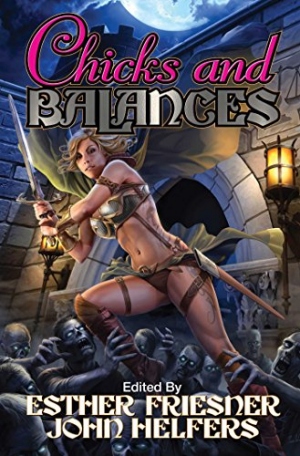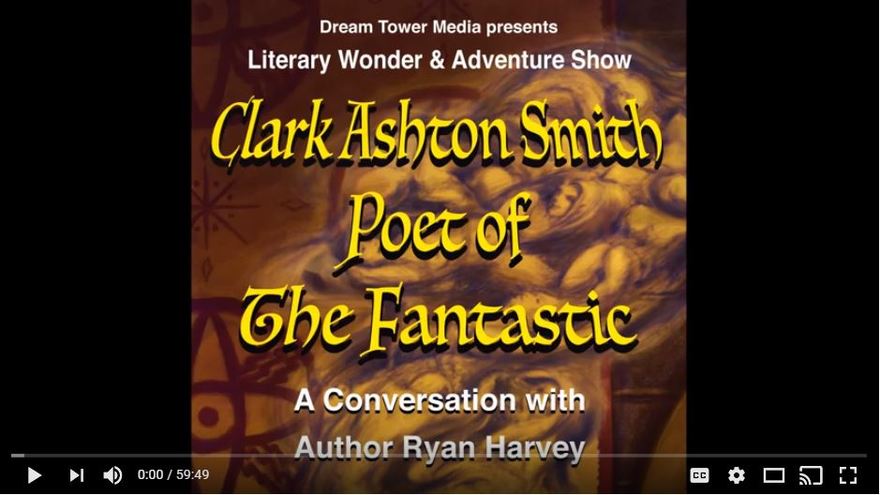 Science fiction, horror fiction, fantasy fiction, mystery fiction — for most of their history, ghetto fiction, in that such stories and the writers who produced them were decidedly “second class” citizens of the literary world and so were kept confined to areas where no respectable reader (much less critic) would want to venture, primarily pulp magazines and cheap paperbacks with the kinds of covers that you would never want your girlfriend’s mother — or your mother, for that matter — to see.
Science fiction, horror fiction, fantasy fiction, mystery fiction — for most of their history, ghetto fiction, in that such stories and the writers who produced them were decidedly “second class” citizens of the literary world and so were kept confined to areas where no respectable reader (much less critic) would want to venture, primarily pulp magazines and cheap paperbacks with the kinds of covers that you would never want your girlfriend’s mother — or your mother, for that matter — to see.
But oh, how things have changed. While you’ll search the library shelves in vain for F. Scott Fitzgerald’s vampire novel or Norman Mailer’s alien invasion epic (which of course could never exist outside the realm of Pride and Prejudice and Zombies — style mashups, a tide that mercifully seems to have receded), a more recent breed of “literary” writers have produced books that not so long ago would have been beyond the pale for anyone but the most hopeless genre hack — in the eyes of the mainstream critical establishment, anyway.
But Philip Roth’s foray into alternate history, The Plot Against America, Cormac McCarthy’s postapocalyptic nightmare, The Road, and Joyce Carol Oates’ Dhameresque cannibal-killer fest, Zombie, to name only a few books, demonstrate that a new day has dawned.
To more and more writers today, the old genre labels mean less and less; they’re going to write what they want in the way that they want, and artificial boundaries be damned. Such a one is Colson Whitehead, the author of four well-received mainstream novels published between 1999 and 2009, which established his reputation as a writer to watch. His most recent novel, 2016’s The Underground Railroad, fulfilled his promise by winning several major awards including the 2016 National Book Award and the 2017 Pulitzer Prize.
But between his first four novels and The Underground Railroad, Whitehead produced 2011’s Zone One, which was somewhat out of the literary mainstream (as it was once defined), being a full blown they’re-coming-for-your-brains zombie novel.
Sometime after an incurable disease has turned most of the world’s population into an army of flesh-eating living dead, Mark Spitz (an ironic title referring to the character’s inability to swim — we never find out his actual name) spends his days in Manhattan, working as a member of a civilian “sweeper team,” going from building to building, putting down the stray zombies that remain after a major clearance by the marines. He’s not exactly crazy about the work, but it’s a job, at least, and in a living-dead devastated economy, any job is a good job.
…
Read More Read More
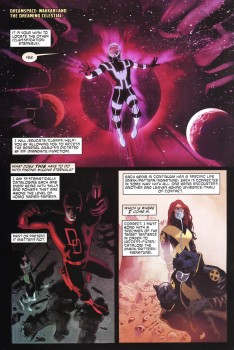

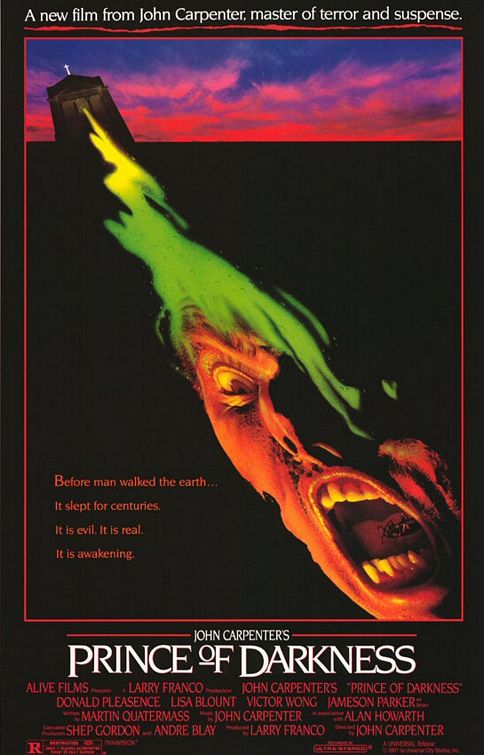
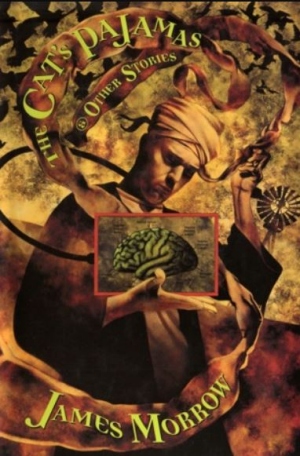
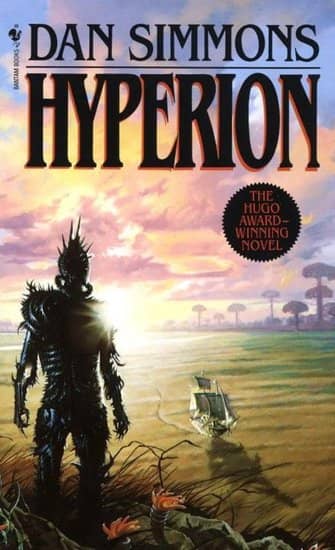
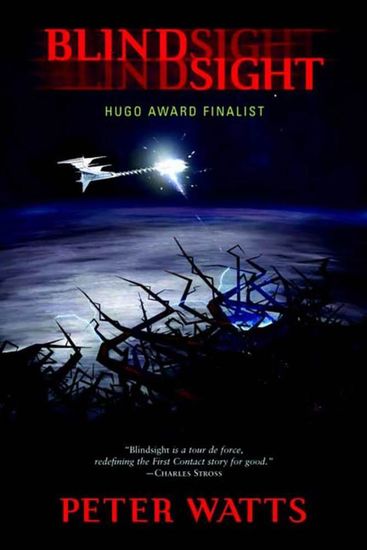

 It’s often struck me that writers get more respect in other countries than they do in North America (I’m thinking specifically Europe here, since that’s the limit of my experience). When I told my (Spanish) mother as a child that I was going to be a writer when I grew up, she asked why was I wasting time talking to her, why wasn’t I getting started?
It’s often struck me that writers get more respect in other countries than they do in North America (I’m thinking specifically Europe here, since that’s the limit of my experience). When I told my (Spanish) mother as a child that I was going to be a writer when I grew up, she asked why was I wasting time talking to her, why wasn’t I getting started?